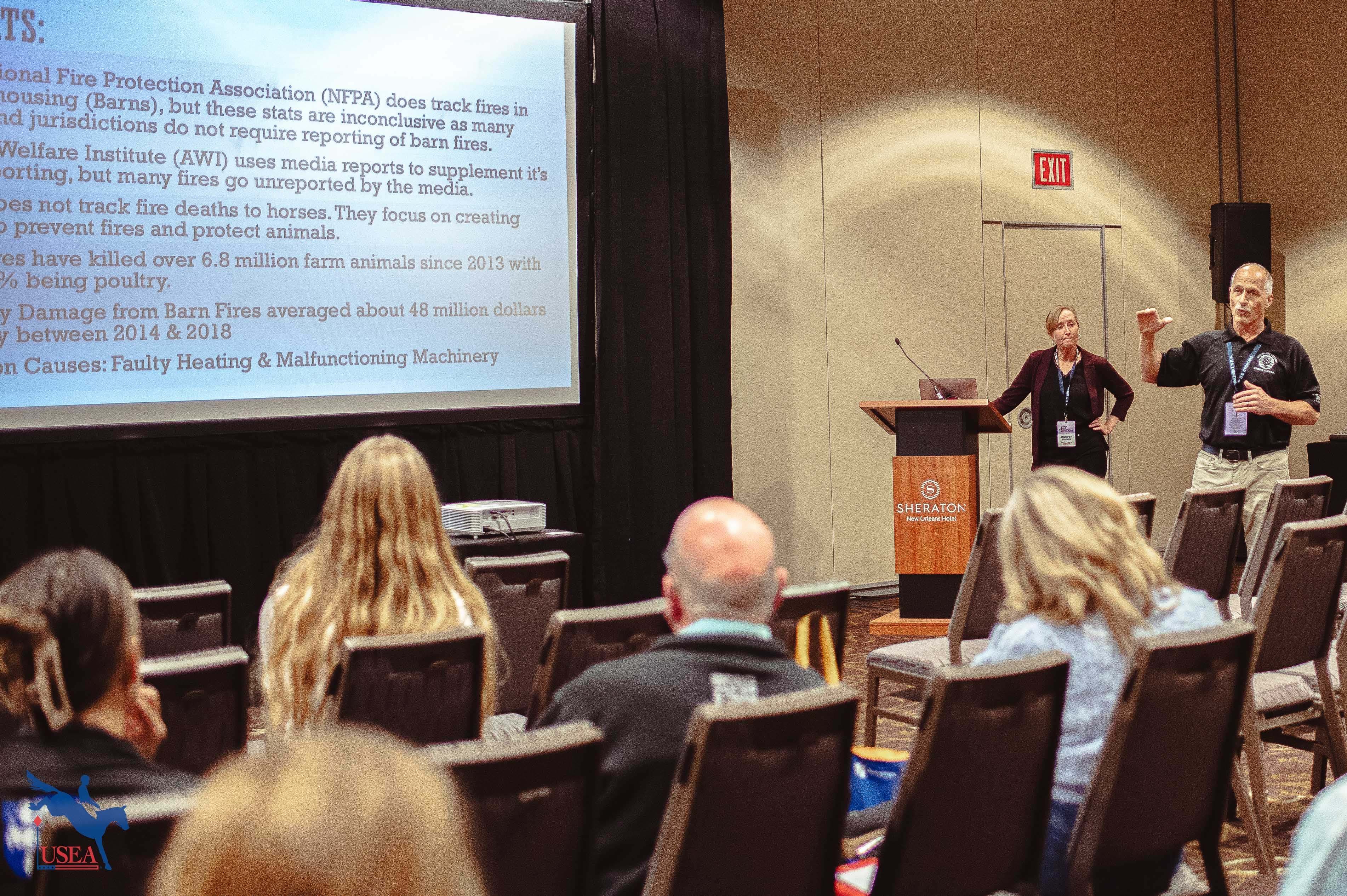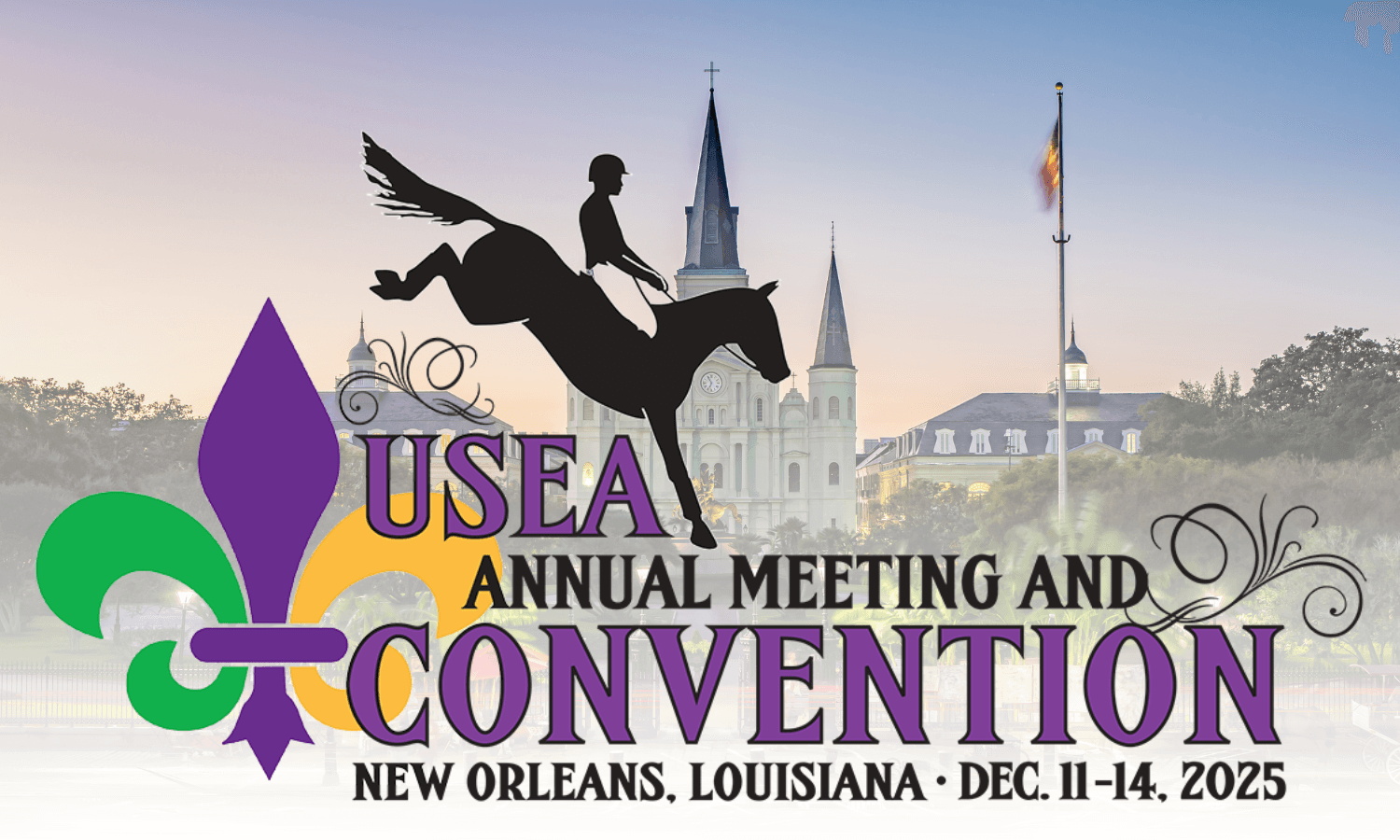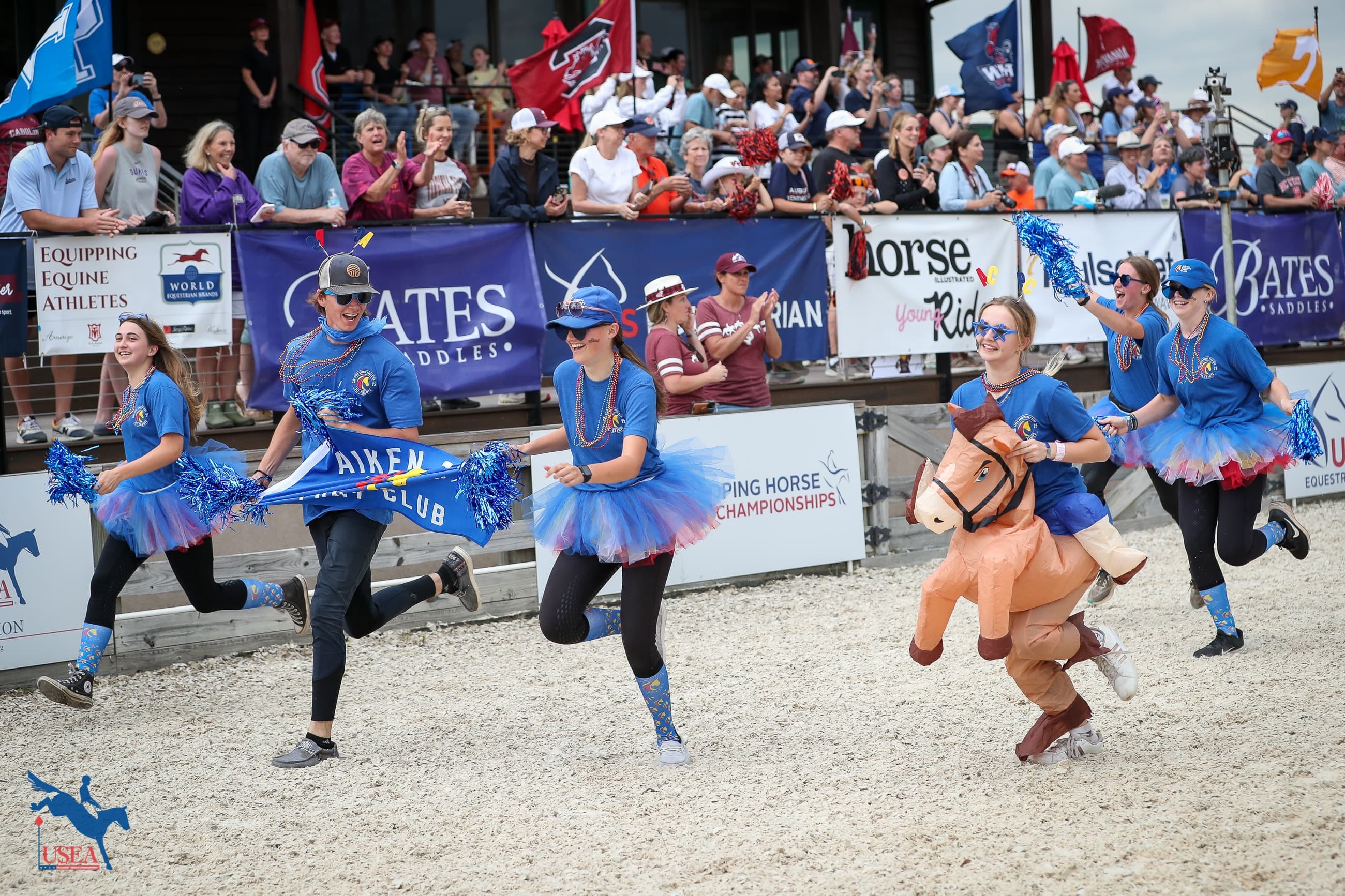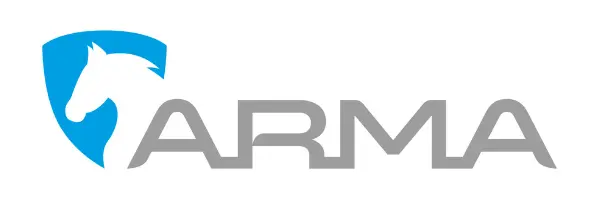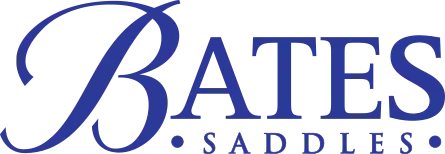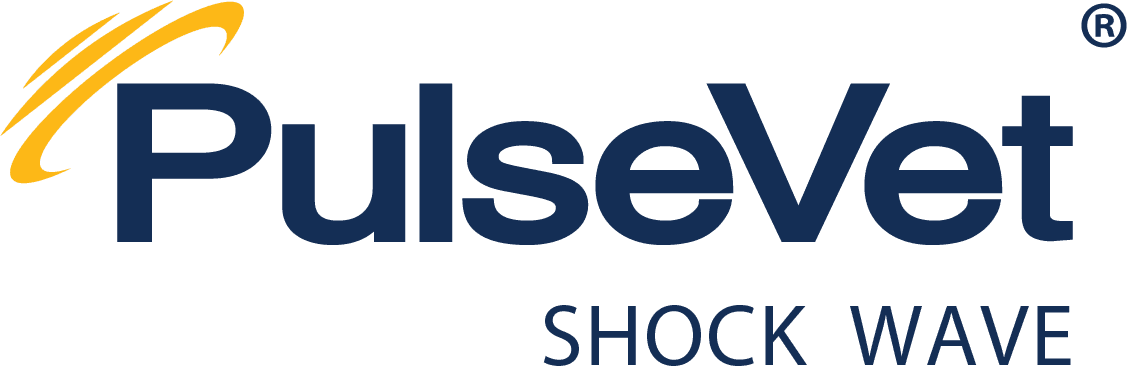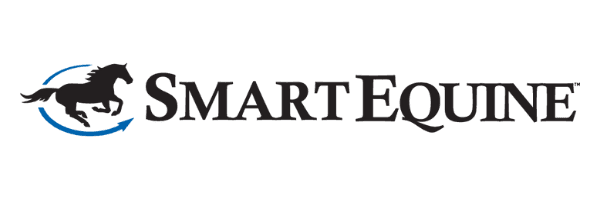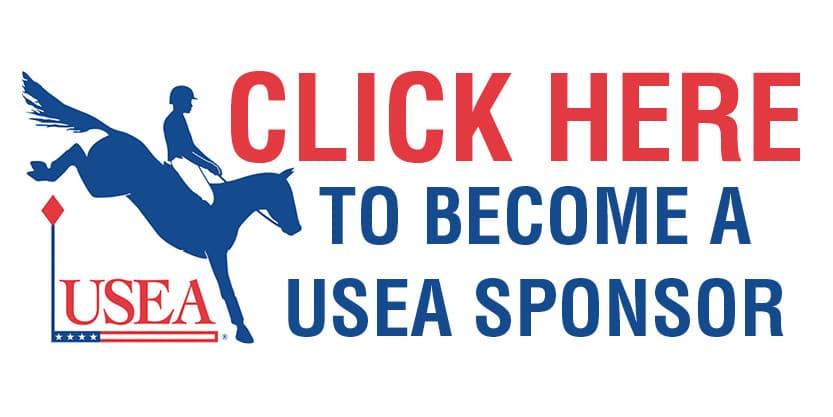Using the German Training Scale as an Evaluation Tool
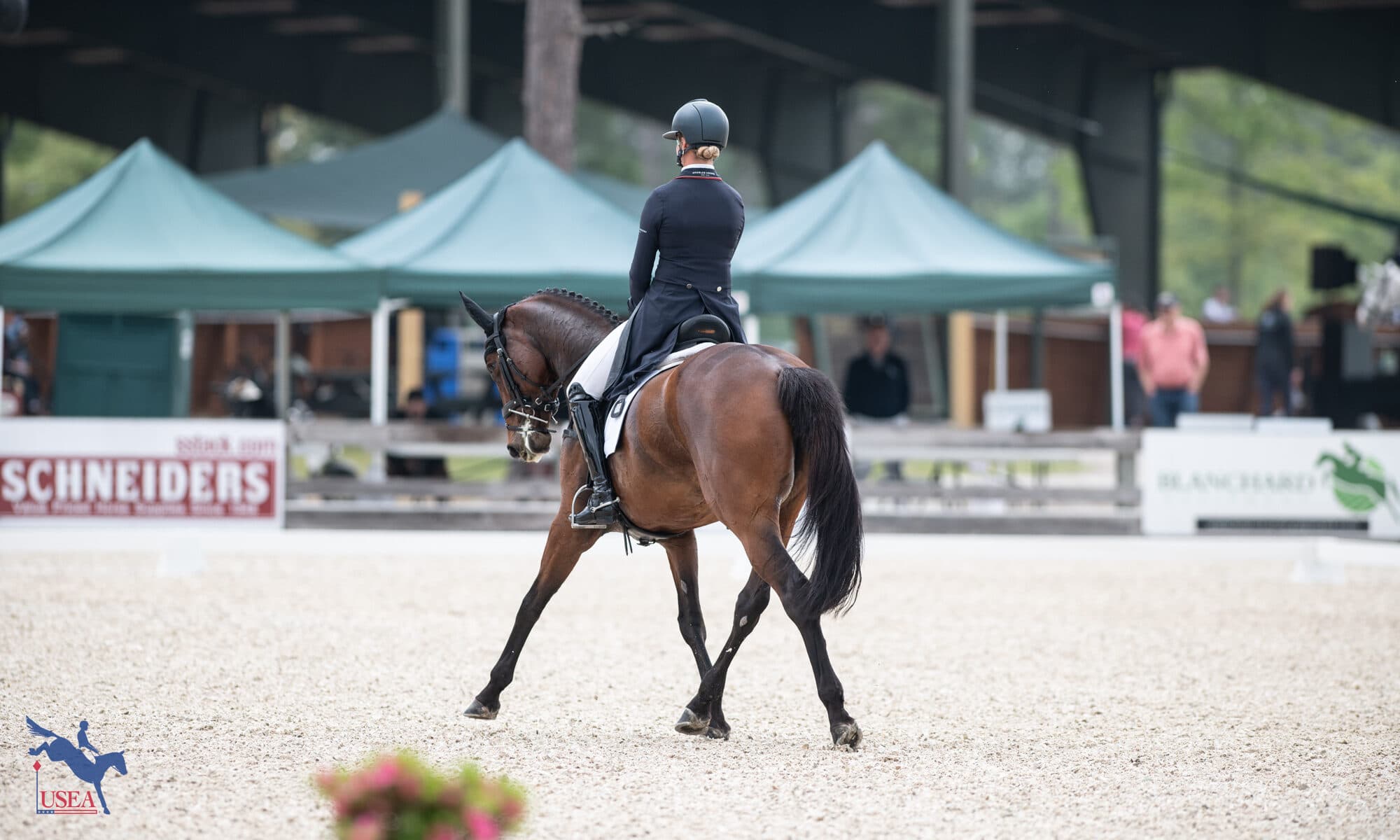
The German Training Scale (GTS) is a system of evaluating and prioritizing the way of going of the horse in work and should be used to determine where you start your daily program. The Familiarization Phase of rhythm and relaxation are followed by the Developing of Propulsion Phase introducing connection and impulsion with straightness and collection in the Development of Carrying Power. The clearer the basics of rhythm, relaxation, and connection are established, the easier impulsion, straightness, and collection can be added. Further description and overlap of the phases are discussed in the following paragraphs. The purpose of this article is to explain basic use of the six stages of the GTS emphasizing the foundation pieces of the basics.
Rhythm and relaxation (suppleness and elasticity; looseness) are in the Familiarization Phase
Rhythm is dictated by the footfalls of the gait. Also included are tempo (the rate at which the rhythm repeats itself), activity of the hindleg, and the over track of the footfall. It is with the regularity of rhythm that the horse settles into the beat of the gait and becomes more relaxed. Even when the rhythm is regular, if the tempo is too quick for the horse to be in balance, the relaxation will be compromised. If the tempo is too slow, there is likely to be a lack of activity and thus the other qualities of rhythm are not met. Balance is compromised thus the horse becomes tense due to lost balance. There must still be activity associated with relaxation, and the horse must remain in front of the leg without losing the relaxation. This equilibrium of rhythm, relaxation, activity, and responsiveness is achieved through timing of the rider’s aids putting pressure on to change the behavior then taking away the pressure from the aids, so the horse is rewarded, learns, and relaxes. As the horse becomes familiar with the work of going forward from the leg and coming back from the hand, it leads to the next stage of connection.
Relaxation, connection, impulsion, and straightness are found in the Development of Propulsion Phase
Built on the foundation of rhythm and relaxation, connection and impulsion are introduced. The beginning of this phase is relaxation and connection. In work, relaxation can be qualified lateral and longitudinal. The most basic example of a lateral relaxation exercise is when the horse has bend. By a simple bend in one direction, the opposite side of the horse must stretch resulting in relaxation the same as when a person has a tight muscle, they stretch the muscle to release tension and achieve relaxation. The bend also introduces another level of connection. When the rider increases pressure of the inside rein, there must be a complement by the inside leg at the girth so not to disrupt the quality of rhythm and so that when the rein pressure is decreased as reward for bending, the leg begins to retain the bend and become a bending aid as well as a forward aid. Also, as the inside rein is decreased, there becomes a need to use the outside leg and rein to turn the horse to keep the line of travel consistent.
Connection can be most simply defined as the driving aids of leg and seat into the guiding aids of the hand, back, and seat as written in the ECP Workbook. When lateral relaxation (bend and stretch) is found in both directions it will often result in longitudinal relaxation (lowering of the head and neck, lifting of the back; the beginning of bascule). Further simple exercises to make connection clearer also start in the development of power or impulsion. These exercises include simple, one gait transitions up and down and similarly within the gait, like lengthening and shortening the trot and/or canter stride.
While doing transitions, the rider should become more aware of straightness; the horse may become crooked or shorten to the weaker side of its body. The more even the horse can sustain impulsion, the more straight the horse will become during the up and down transitions. Of course, by increasing the range of bend and lateral suppleness, not only will the horse become more supple, it will also become straighter due to evenness of carrying power.
Impulsion, straightness, and collection as the Phase of Developing Carrying Power
As the horse gains strength and power, its straightness should also be improving. As these two stages of the GTS are increased, the horse will be able to raise its shoulders and withers higher for longer and longer periods of time slowly achieving the ability to collect. Collection can be thought of as the horse’s ability to shorten the stride, increasing its weight-carrying to the hindlegs while increasing the hindleg step up and down with elevation and lightness of the forehand.
The Phase of Developing Carrying Power includes two of the GTS stages from the Propulsive Phase which includes relaxation from the Familiarization Phase. The point is all six stages are connected and the foundation of rhythm should always be paramount.
My go to warm up routine to put GTS in play. 1-3 should take 10 to 20 minutes depending on the level of the horse and/or rider. The same routine for flat as well as fences.
- Walk on a long rein to start, both directions with 10-meter half circles each way. Is the walk regular, lateral, or pacing? In the first walk it is not the end of the world if the horse is slightly lateral, but does the horse become more regular after a trot and canter in each direction. Use the 10-meter half circles to evaluate a level of lateral suppleness. Does your horse quicken when picking up the reins? If so, make sure your emphasis is to slow down from the reins. Does the horse lengthen the stride, or does it quicken from the leg in the first walk?
- Trot both directions, include a 20-meter circle each way, then two three-loop serpentines each way in a small arena or two to four four-loop serpentines each way in a larger area. Is the trot short, long, quick, or slow? Is the horse tracking up? Does the horse go forward from the leg without going to the canter? Does the horse slow down from the hand and seat? Does the horse fall in on the serpentines? Does the horse freely bend from one direction to the other on the serpentine? Can you make a simple trot-walk-trot transition at the centerline on the serpentine from both directions? At this time evaluate if more time should be spent before going to the canter.
- Canter each direction. Depending on the horse, first on a large circle then a full trip around the arena, maybe a circle at the other end before continuing back. Does the horse lengthen or quicken the trot to get to the canter? If so, shorten the trot to get to the canter. The horse should lift to the canter, not run or lengthen to the canter. Does the horse fall in or out on the circle when the transition is made? If so, use the diagonal aids of leg and hand to counter the falling. For the less experienced, down transitions on the circle. For the more experienced, down transitions or simple changes through the trot on a diagonal. For more advanced horse/rider pairs incorporate a serpentine with simple changes in the trot then even the walk.
- Walk, relax, and evaluate what is to be done next for the day.
About the USEA Eventing Coaches Program (ECP)
Coaches are essential to the training of riders and horses for safe and educated participation in the sport of eventing. The USEA Eventing Coaches Program (ECP), formerly known as the Instructors’ Certification Program (ICP), was initiated in 2002 to educate all levels of eventing coaches with crucial training principles upon which they can continue to build throughout their teaching careers. ECP offers educational workshops and assessments by which both regular coaches, Level I through Level V, Young Event Horse (YEH) coaches, and Young Event Horse professional horse trainers can become ECP certified. Additional information about ECP’s goals, benefits, workshops, and assessments as well as names and contact information for current ECP certified coaches, YEH coaches, and YEH professional horse trainers are available on the USEA website. Click here to learn more about the USEA Eventing Coaches Program.

